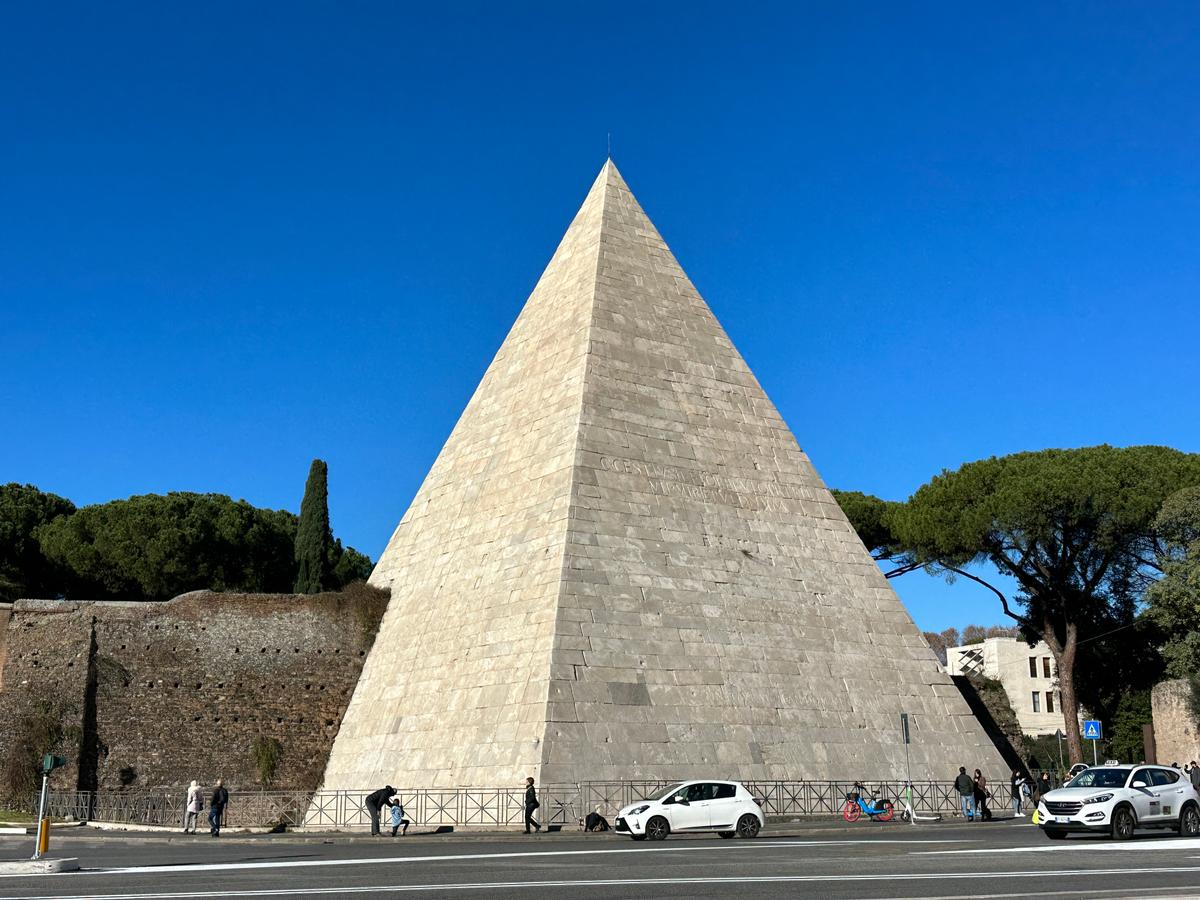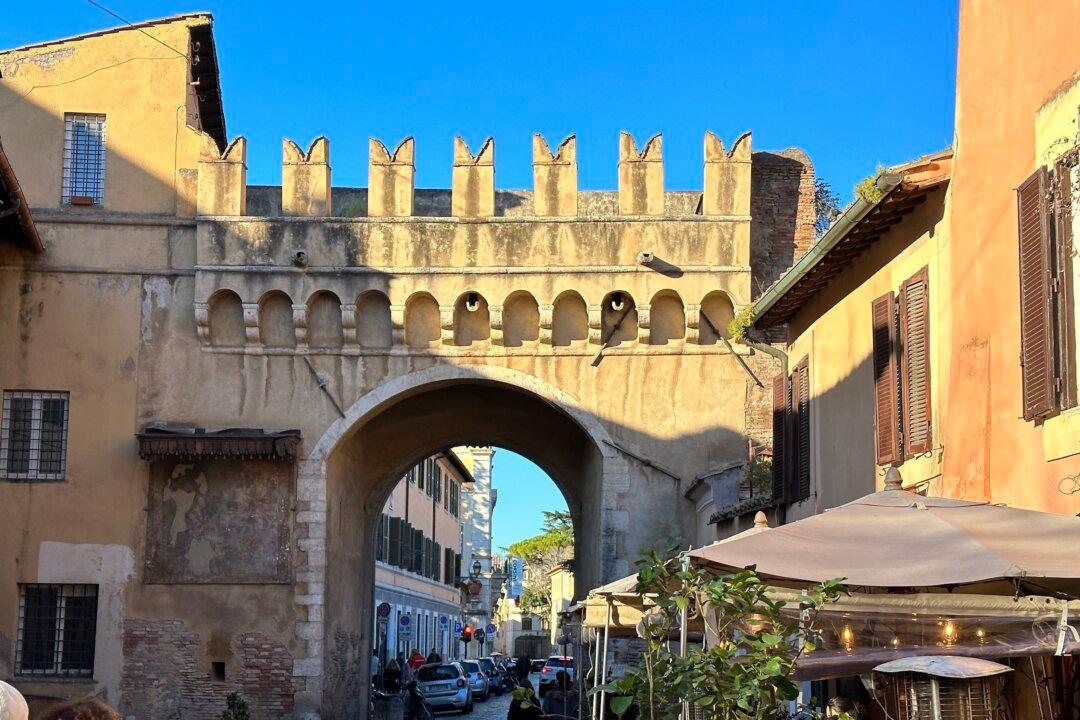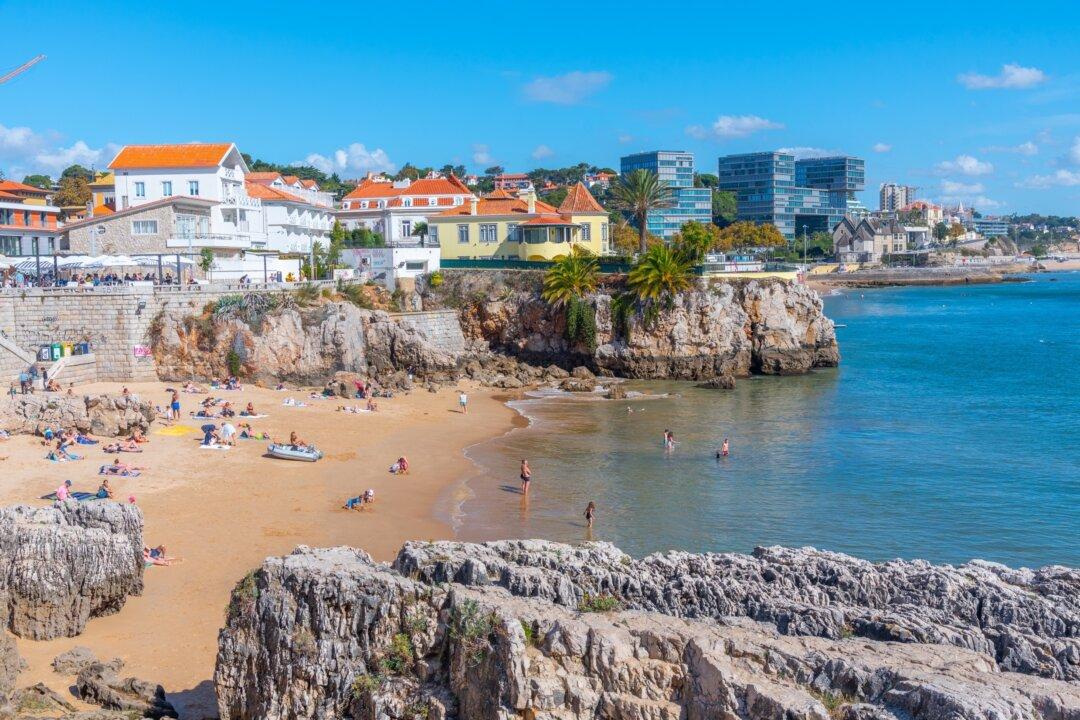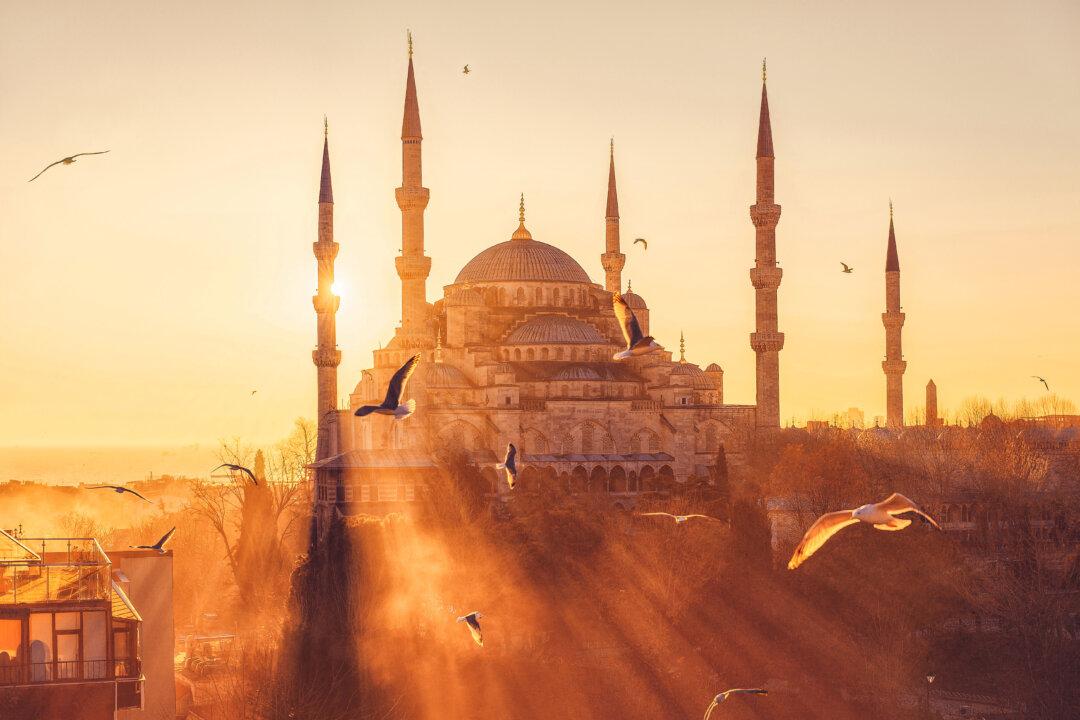It is one of the most glorious occurrences that a traveler can experience. A rare and exquisite treat. It is a beautiful and marvelous thing: a sunny Sunday in one of the world’s greatest cities. With no obligations, no meetings, no museum tickets that must be used this afternoon. Nowhere to go and nothing to do. No plans, at all, in a place you’ve already visited a few times.
Setting the Itinerary
I explained that this was not my first (or second, or third) visit to the Eternal City. In recent years, I have been fortunate enough to visit many of Rome’s major attractions. I climbed the Spanish Steps, flipped a coin at Trevi Fountain, and craned my neck back to try to take in the expansive splendor of the dome at St. Peter’s Basilica, which was finished in the late 16th century and is still one of the largest in the world.I’d expected the man to hem and haw a bit, perhaps ask me a few questions about my interests. He didn’t. After a moment of thought, he nodded once and said: “I know exactly what you should do. Have you ever been to the pyramid?”
A Roman Pyramid

All of a sudden, my Sunday was set. Riding the uncrowded metro for a couple of stops, I emerged back into the sun and walked a few blocks. And there it was. Just across a busy intersection. Glowing in the early afternoon sun.
A structure of white marble finished around 12 B.C., the pyramid stands more than 10 stories high. Constructed at the confluence of two important roads, it was built as a tomb for Gaius (or Caius) Cestius, who at the time was an important magistrate and religious leader. It was part of a funereal trend that swept Rome after the death of Cleopatra and the conquest of Egypt. Later integrated into the city’s walls, it remains remarkably well-preserved.
I walked around two sides of the towering structure, then made my way a couple more blocks, across the Tiber River, to the market. Linear and stretching as far as I could see, a crowd of mostly locals crammed the space down the middle. Couples holding hands. Little families pushing baby carriages. Everyone trying to make the most of the last vestiges of the weekend.

As I walked most of the length of the space, it was readily apparent that this was mostly a flea market. The clothes and trinkets held little allure for me. I tarried at the used book stands, but most of the dusty tomes were—of course—in Italian.
Lunch in Trastevere
This part started with a sandwich. Peckish despite my late breakfast, I had been craving a nice sammy for a couple of days—like, a really good one. Plugging the word “sandwich” into Google maps, I found a small shop (with the strange name Donkey Punch) about 20 minutes’ walk away. One review read, “This is the best sandwich of my life.” Or something similar. I had found lunch.Getting there was more than half the fun. Trastevere has gotten quite a bit of media coverage in the past few years. And every bit of attention is well warranted. It is, in fact, a perfect place to spend a sunny Sunday. And that was exactly what many Romans were enjoying that day.
The district sits on the far side of the river from most of the main attractions—its name literally means “across the Tiber.” The architecture mostly dates to the Middle Ages. The area long flew below the tourist radar, just a working-class district filled with blue-collar families.

But Romans and visitors alike have discovered the area’s car-free cobblestone streets. They’re now filled with Bohemian shops, wine bars, and brewpubs. As I made my way through the labyrinthine blocks, every turn—and especially Piazza di Santa Maria, the central square—was crammed with al fresco diners, slowly finishing their cacio e pepe and lingering over huge glasses of big red wines and Aperol spritzes.
Conversation roared. Fits of laughter were everywhere. I smiled, even though I was really just a random passerby at all these parties. After browsing a couple of record shops and sitting for a while on the steps of a church, I decided I was hungry enough for that sandwich.
Donkey Punch was perfect for a late lunch, a small place with simple counters and stools for consuming their unpretentious, delicious fare. I had consumed more than my share of pomodoro and bolognese over the preceding days. I went for a solid roast beef, with barbecue sauce mixed in-house and crusty pizza bread made in a bakery just around the corner.







